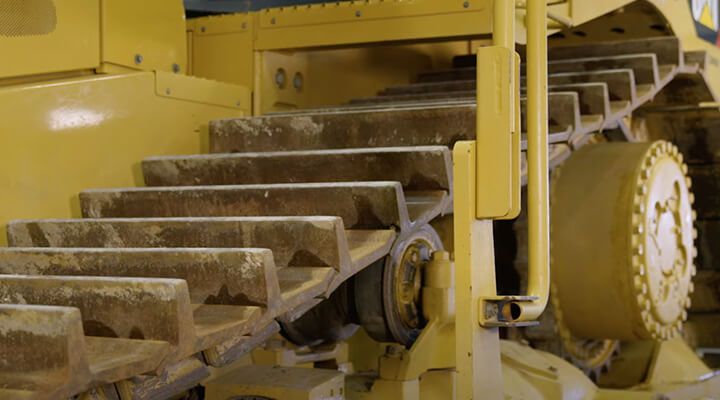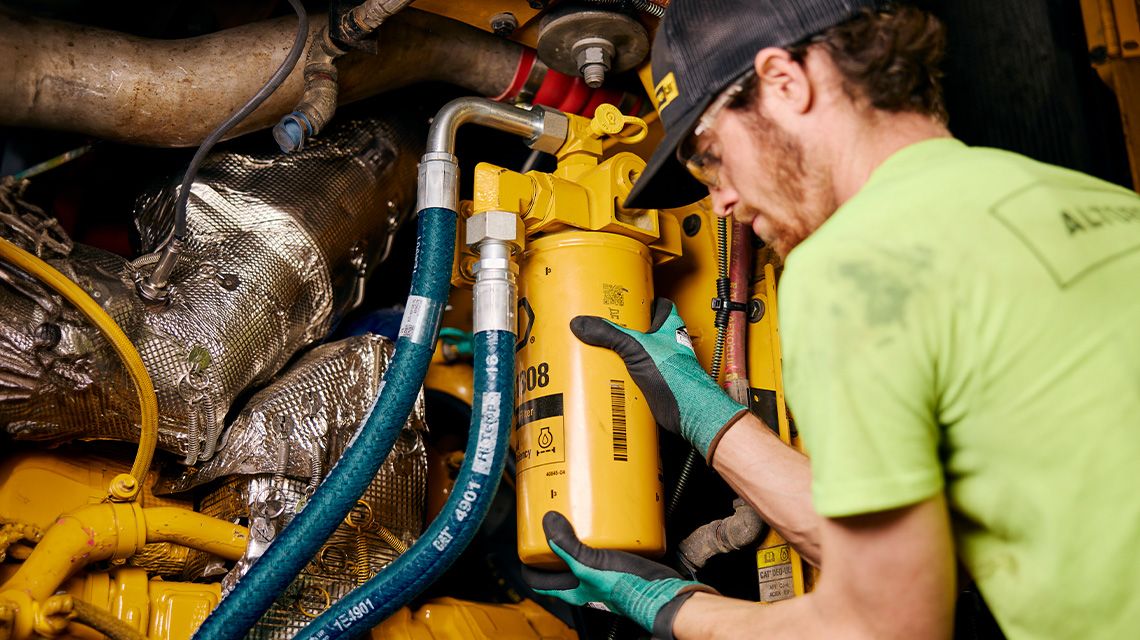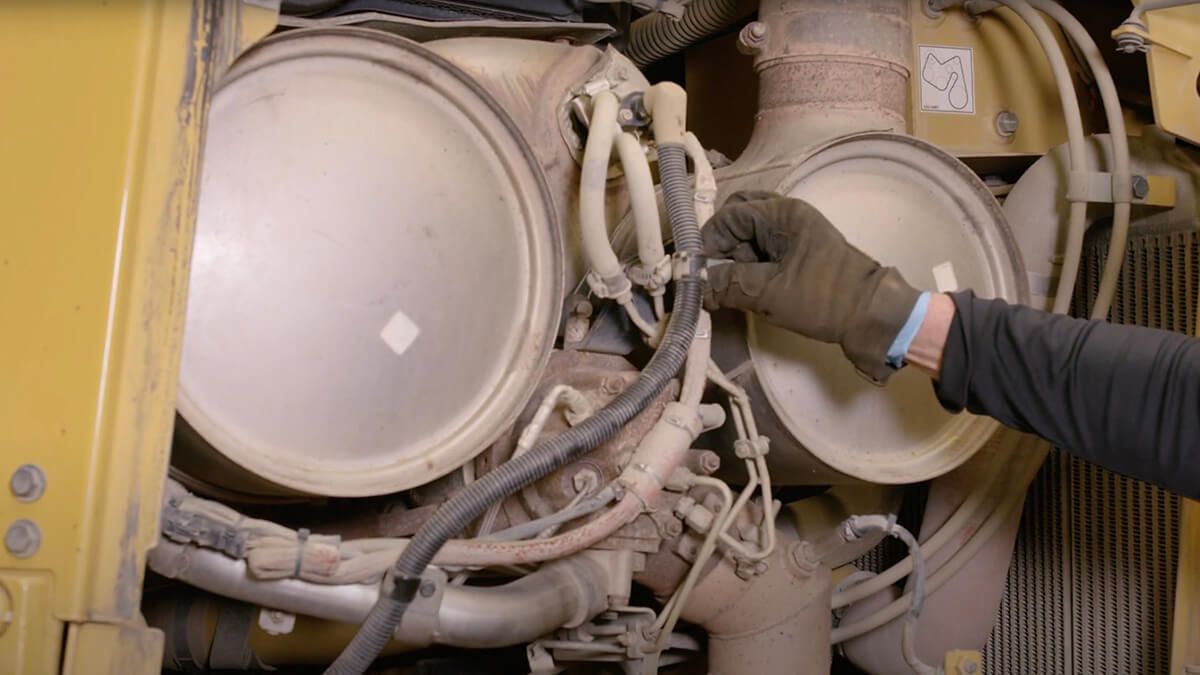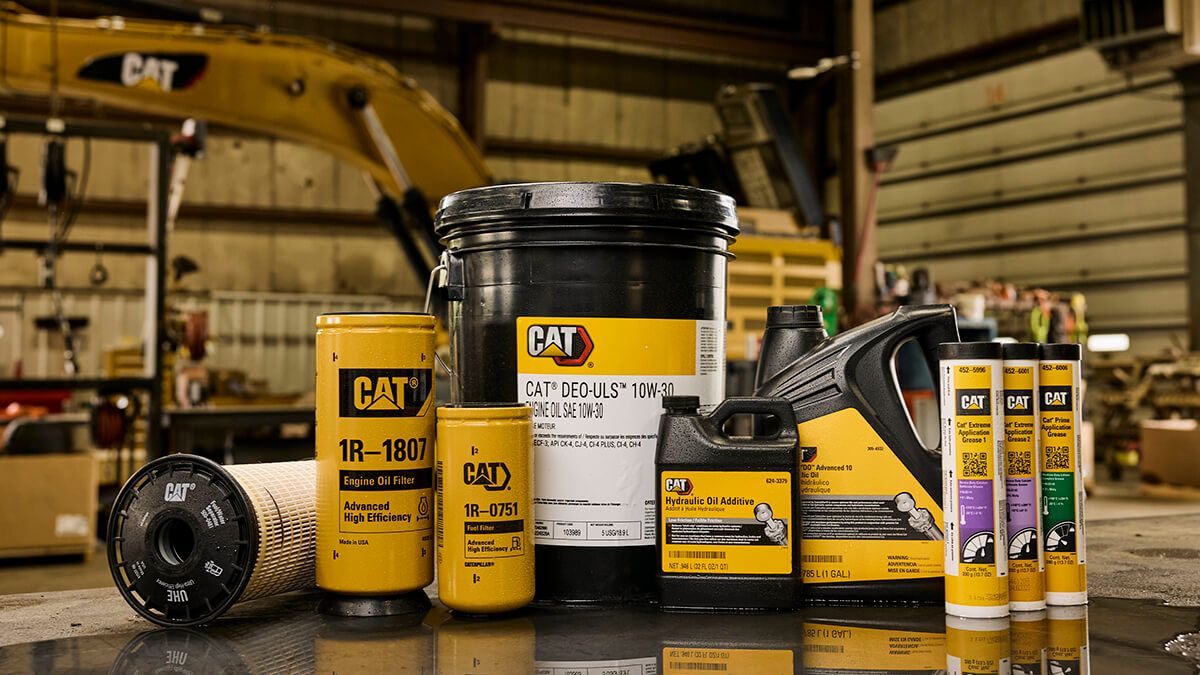If you already have an existing account with another Cat App, you can use the same account to sign in here.
One Account. All of Cat.
Your Caterpillar account is the single account you use to log in to select services and applications we offer. Shop for parts and machines online, manage your fleet, go mobile, and more.
Account Information
Site Settings
Security
How to Maintain Cat® Steel Tracks
Estimated read time: 3 minutes
Caring for your equipment’s steel tracks is essential to meeting jobsite targets. You’ll need to check your tracks as a part of daily maintenance. Although the track values vary by machine, you can find specific details for your equipment in your Operation and Maintenance Manual (OMM). You will be able to do this maintenance no matter what equipment you use.
Ready to learn more? Watch this video and read the written instructions below:
Before completing steel track maintenance, park your equipment on level ground and lower implements. Also lock out your hydraulics and turn off the engine before proceeding. It’s also important to make sure you have the necessary personal protective equipment (PPE) on hand.
Completing Daily Checks
Your machine’s steel track requires daily checks to continue operating well. Use your senses to observe the operating conditions and follow the steps below before and during equipment operation.
First, make sure your track is clean enough so you can notice any potential problems.
If you notice any hard-packed dirt, remove it with a shovel or pressure washer. Excess debris can keep rollers from turning or cause components to wear faster than normal.
Perform a visual check of the track to notice cracks, uneven wear, leaking oil or missing bolts. Look for damage on the surface, rollers, idlers, track shoes and sprockets.
Listen for unusual sounds when operating your equipment. Abnormal squealing could be a sign of dry joints.

After operating, lightly touch the end of your track pins with the back of your hand. If the pins feel hot, inspect further and consider contacting your Cat® dealer for assistance.
Finally, keep an eye on the track to notice if it is sagging or hitting other components during operation. If you notice this, measure the track tension.
Measuring Track Tension
Keeping your track tension correct can help maximize the life of your undercarriage. If the track is too tight, the track joints could fail and wear could accelerate. And if the track is too loose, the track could index and the link could jump sections.
Before you measure your track, bring the equipment to a gradual stop and apply the parking brake. Grab a string and get ready to take the measurements.
Stretch a string over the grousers between the sprocket and front idler.
If your machine does not have carrier rollers, measure the distance between the string and the top of the grouser.
For machines with carrier rollers, measure between the string and the top of each grouser. Average these two measurements.
Once you have your track measurements, check your OMM to see if the value is within a good track tension range. If the track is too loose, open the access panel and add grease. And if your track is too tight, turn the pressure release valve to release track pressure. After you’ve made any adjustments, measure again to make sure the track is at the right tension range.
If you realize you need any parts or tools while checking your steel track tension, filter for your specific equipment on Parts.Cat.com.
Need more support? Your Cat dealer is standing by to help.




